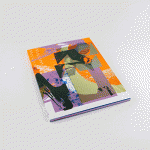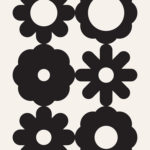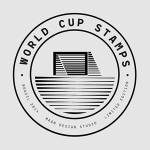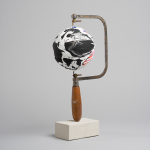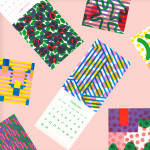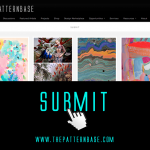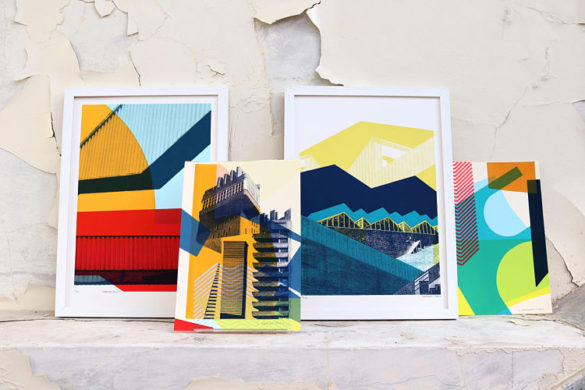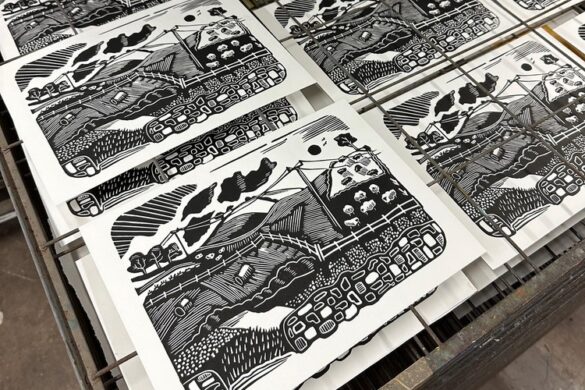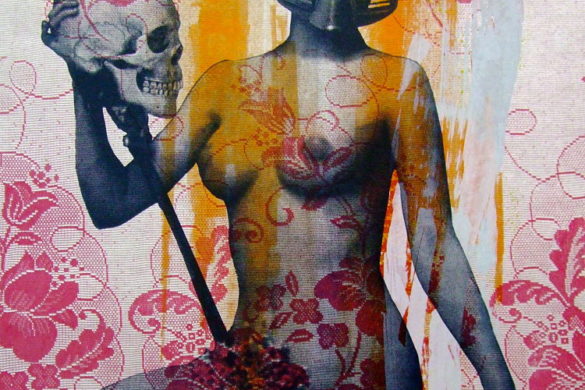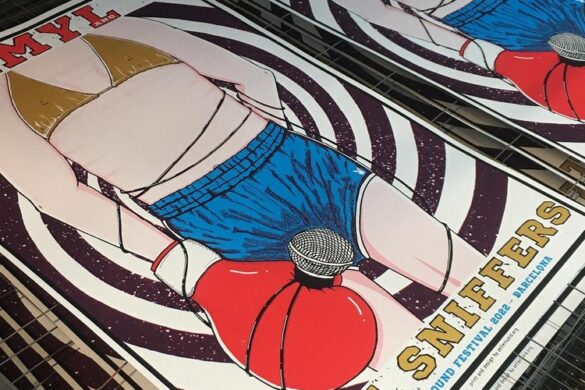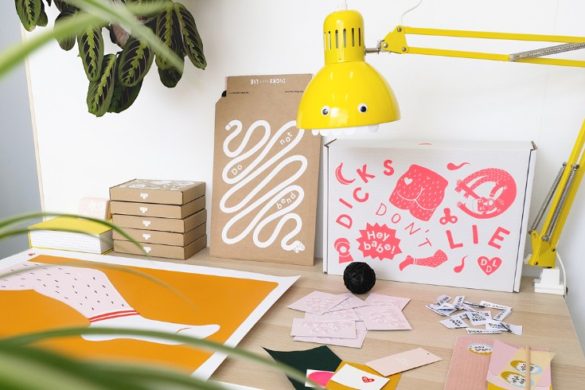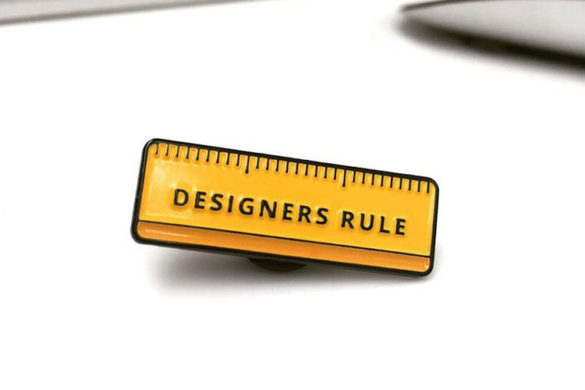In the world of printmaking, the choice of paper can make or break a final print. The right paper not only supports the technical requirements of the chosen printmaking process but also enhances the overall aesthetic and tactile quality of the artwork. Printmaking papers are designed to handle the specific pressures, inks, and textures involved in processes such as intaglio, lithography, relief, screen printing, and monotype. A good printmaking paper typically has the right balance of absorbency, weight, texture, and archival quality to suit the printmaking process and to ensure the longevity of the print.
Key factors that define an excellent printmaking paper include:
Absorbency: Papers need to absorb ink without bleeding or feathering, ensuring clean, sharp lines and rich tones.
Texture: From smooth to heavily textured, the paper surface impacts the look and feel of the print. Texture can enhance or alter the quality of ink transfer.
Strength: Printmaking involves pressure, especially in techniques like etching and woodcut. A durable paper prevents tearing or warping under pressure.
Archival Quality: For prints that need to last, acid-free and high-cotton-content papers are crucial to resist deterioration over time.
Weight and Thickness: Heavier papers generally handle ink and moisture better, providing stability during the printmaking process.
Below you can check out our low down of our favourite 15 printmaking papers;
Arches Cover (Arches, France) Best for: Lithography, etching, relief printing
Best for: Lithography, etching, relief printing
Arches has been producing high-quality papers since1492. The Arches Cover line is versatile, made of 100% cotton, and known for its durability and absorbency. It’s particularly favoured for lithography and etching due to its smooth yet robust surface.
Somerset Satin (St Cuthberts Mill, UK) Best for: Intaglio, relief printing
Best for: Intaglio, relief printing
Somerset papers, made by St Cuthberts Mill, are renowned for their soft texture and smooth surface. SomersetSatin is a top choice for artists due to its subtle texture and ability to withstand heavy printing processes like intaglio.
Rives BFK (Arjomari Prioux, France) Best for: Lithography, etching, monotype, letterpress
Best for: Lithography, etching, monotype, letterpress
Rives BFK has a rich history, dating back to the 18th century. It’s made from 100% cotton and is known for its smooth texture, making it ideal for a variety of printmaking processes. Its strength and flexibility are praised by artists worldwide.
Hahnemühle Copperplate (Hahnemühle, Germany) Best for: Etching, drypoint, engraving
Best for: Etching, drypoint, engraving
Hahnemühle, with over 400 years of paper-making history, produce this acid-free, mould-made paper. Its weight and absorbency make it perfect for detailed etchings and drypoints, where intricate lines need to be crisp.
Fabriano Rosaspina (Fabriano, Italy) Best for: Intaglio, screen printing, relief
Best for: Intaglio, screen printing, relief
Fabriano has been making paper since the 13th century. Rosaspina is a versatile paper used for intaglio and relief printing. It has a slightly textured surface, and its blend of cotton and cellulose gives it durability under pressure.
Magnani Pescia (Cartiere Magnani, Italy) Best for: Lithography, monotype, relief printing
Best for: Lithography, monotype, relief printing
The Magnani family has produced fine papers since the15th century. Pescia paper is known for its luxurious feel and high-quality finish, perfect for lithographic and monotype printing.
Stonehenge (Legion Paper, USA) Best for: Screen printing, relief printing, lithography
Best for: Screen printing, relief printing, lithography
Legion Paper’s Stonehenge is one of the most popular papers among printmakers in North America. Its slightly textured surface and strong composition make it excellent for both screenprinting and relief processes.
Kozo (Awagami Factory, Japan)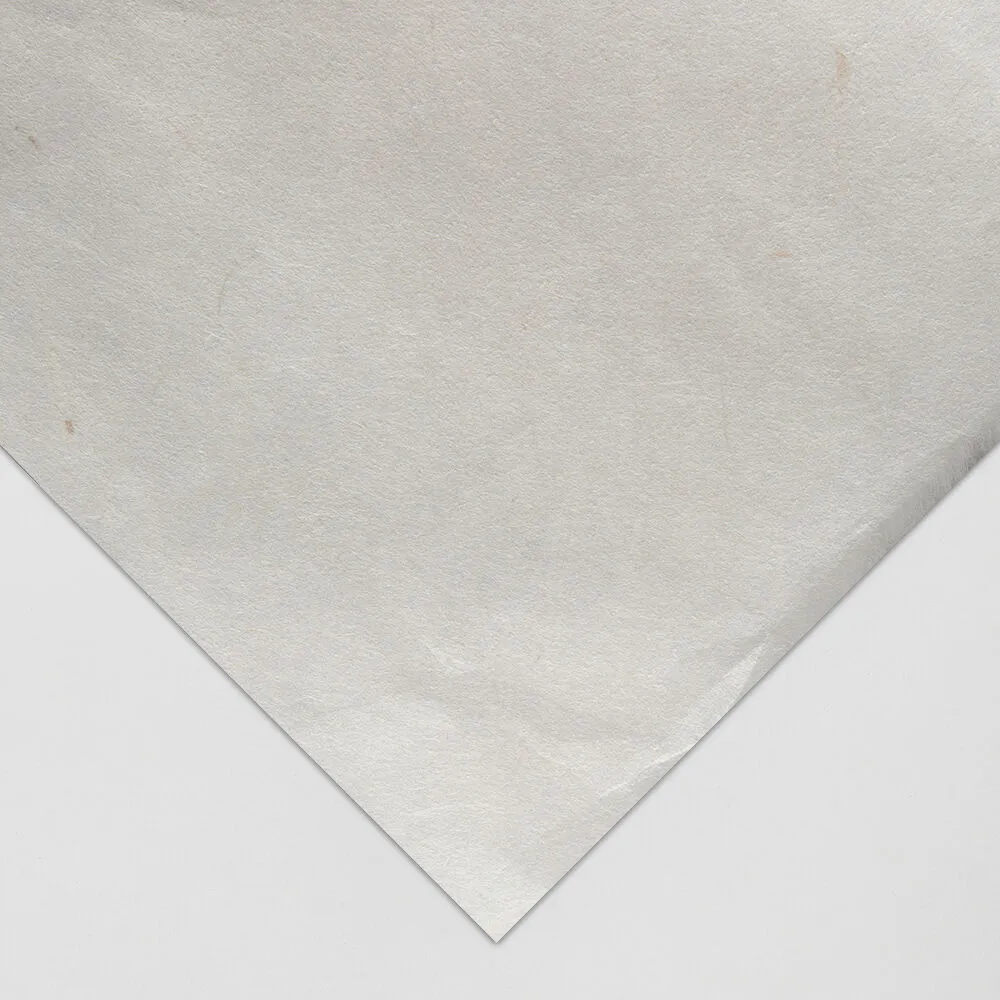 Best for: Woodblock printing, relief, chine-collé
Best for: Woodblock printing, relief, chine-collé
Awagami Factory is known for producing high-quality washi (Japanese paper). Kozo paper, made from mulberry bark, is prized for its strength and delicacy, making it ideal for traditional woodblock printing and chine-collé.
Hannemüle Bugra (Hahnemühle, Germany)  Best for: Screen printing, relief, lithography
Best for: Screen printing, relief, lithography
Bugra paper by Hahnemühle is a unique, light-textured paper available in a plethora of colours that works well in relief and screen printing processes, maintaining the integrity of fine lines and solid areas of ink.
Kitakata (Awagami Factory, Japan) Best for: Woodblock printing, chine-collé, monotype
Best for: Woodblock printing, chine-collé, monotype
Kitakata is a highly absorbent paper made from gampifiber, offering a unique texture. Its lightweight, yet strong nature makes it perfect for delicate processes like chine-collé and monotypes.
Bockingford (St Cuthberts Mill, UK) Best for: Relief printing, screen printing
Best for: Relief printing, screen printing
Bockingford, traditionally a watercolour paper, has found a home in printmaking due to its strength and surface texture. It performs particularly well with screen and relief printing.
Fabriano Tiepolo (Fabriano, Italy) Best for: Intaglio, relief, lithography
Best for: Intaglio, relief, lithography
Tiepolo is a traditional intaglio paper known for its luxurious finish and durability. Made from 100% cotton, it works particularly well for large-scale prints requiring strong support.
Canson Edition (Canson, France) Best for: Lithography, screen printing
Best for: Lithography, screen printing
Canson is a name synonymous with quality paper. The Edition line offers an excellent smooth surface and crispness that works well in lithography and screen printing.
Strathmore 400 (Strathmore, USA) Best for: Relief printing, screen printing
Best for: Relief printing, screen printing
Strathmore’s 400 series paper is versatile, affordable and a great choice for screen and relief printing. It has a medium texture that holds ink well without excessive absorption.
Awagami Bamboo Select (Awagami Factory, Japan) Best for: Woodcut, linocut, etching
Best for: Woodcut, linocut, etching
Awagami’s Bamboo Select paper is eco-friendly and made from sustainable bamboo fibres. Its smooth surface and soft texture work beautifully with woodcut and linocut processes.
Selecting the right printmaking paper is a personal choice, often influenced by the printmaking process and the desired outcome. The papers listed above represent a variety of surfaces, textures, and weights, offering printmakers an array of options to suit different artistic techniques. Investing in high-quality paper ensures the final print not only looks excellent but also stands the test of time.
You might like...
- 15 Best Printmaking Papers - October 9, 2024
- This Month’s Giclée Prints - September 19, 2024
- Yaku Stapletons Debut at London Fashion Week - September 17, 2024



